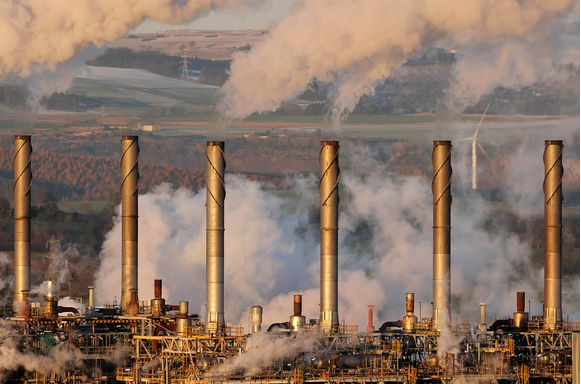April has seen the largest full-month drop in oil prices for the month on record. This comes as signs emerge that the current trends in trade are affecting growth and thereby energy demand. At the same time, the agreement of the OPEC+ group has been gradually unwinding its supply curbs, adding to the oil price signals that are seen.
Big Monthly Declines in Benchmark Oil Prices
Brent crude oil, the global benchmark, fell to nearly $63 a barrel on Wednesday. This decline “adds up to a 15% loss for the month of April. This is also the biggest monthly drop for this time of the year on record for the Brent crude oil contract, which started in 1988.” Likewise, West Texas Intermediate crude prices have eased into the upper $50s. That trajectory of oil over the course of April is a reflection of multiple factors driving the energy market.
How Trade Drivers Affect Economic Activity and Oil Prices
The recent dip in oil prices is occurring amid shifting trade relations. The current trade environment is thought to be causing a decrease in economic growth, and there is speculation over a slowdown in trade at this time. This, however, has ramifications on the aggregate consumption of energy resources, lowering the demand for oil, and subsequently affecting oil prices. This correlation between international trade and energy consumption is one of the important factors in the rise and fall of oil prices.
The OPEC+ Alliance supply adjustment affecting oil prices
Compounding this oil market dynamic further, the OPEC+ bloc of oil producing nations has executed a turn from their earlier established supply curbs to one of a gradual loosening of those curbs. Another reason behind the pressure on oil prices is this slowly improving supply of crude oil. Oil prices in the world market are always directly affected by silencing the supply-side of major producers.
Other Key Insights
In April, prices have moved in step with these developments — from the input of the trade considerations for economic growth and energy demand to the rebalancing of oil supply from key producing countries. Investors will probably keep an eye on all of these interconnected variables for clues about where oil prices will head next. For predicting where oil prices would go, the macroeconomic trend, trade policies, and supply-side decisions must be intertwined.
The global energy market is currently balancing a plethora of factors affecting its dynamics, resulting in significant changes in how crude benchmarks are priced. Supply dynamics are indeed crucial to consider as production levels from different regions as well as the production decisions from both OPEC+ and other major producing nations influence the availability of this vital commodity on the market. Any changes to output quotas or unforeseen instability within key supply regions is likely to spark a significant price reaction.
The global economic picture continues to be a key demand factor. Strong economic growth usually means higher consumption for transportation, manufacturing and power. On the other hand, economic slowdowns or recession will lead to a reduction in general energy demand, putting a cap on the ultimate price for the commodity. In addition, seasonal changes in consumption patterns (in particular for heating and cooling fuels) relate to transitory price volatility.
Geopolitical events give a different element of uncertainty to fundamental supply and demand and usually big moves in price. Anything from politics in producing regions to wars in between them and changes in international relations invariably disrupt supply lines or cause fears about the future supply of a given commodity. Market participants keep tabs on these geo-political risks and just the hint of a disruption can lead to speculative trading activity that will exacerbate price volatility in the energy complex.
Also Read: OPEC+ Nations Reach Agreement to Adjust Oil Output Levels






